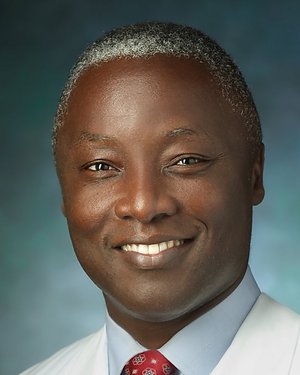Treatments and Procedures: Cheek Implant
As we age, our cheeks may lose volume. Augmentation of the cheek area with cheek implants can give the face more youthful contours by restoring fullness.
Cheek implants can also restore symmetry to the face following reconstructive surgery for traumatic injury, or for cancer or other illness.
Cheek Implants: Why Choose Johns Hopkins Facial Plastic and Reconstructive Surgery?
- Our team is dedicated to helping people feel healthy and confident in their appearance.
- Patients can trust our approach, which takes into account their goals, age, general health, skin type, and ethnicity.
- The team has a range of highly specialized skills and experience in facial plastic and reconstructive surgery.
Request An Appointment
Schedule by phone
Submit a request online
Cheek Implant: What to Expect
Our experts will ensure your comfort during the procedure by providing anesthesia. Your surgeon will insert the soft, removable silicone cheek implant(s) through an incision inside the mouth or lower eyelid, leaving little to no visible scar.
Your surgeon may recommend dermal fillers [link to dermal fillers page] instead of, or in addition to, cheek implants to provide symmetry to the face.
After the Procedure
The surgeon will place dressings on the surgical area of your face immediately after the procedure, and provide you with care instructions, which may include:
- Elevating the head to reduce swelling
- Applying cold compress
- Taking prescribed pain medication
Most people feel a tight sensation in the cheeks after surgery that will subside after one to two weeks when your skin has adjusted to the implant.
Our Physicians
Facial Plastic and Reconstructive Surgery: Johns Hopkins | Q&A
Lisa Ishii, M.D., a Johns Hopkins facial plastic and reconstructive surgeon, answers frequently asked questions about facial cosmetic and reconstructive surgery. She provides information on when and why you should consult a facial plastic surgeon and what you can expect at your first appointment.





